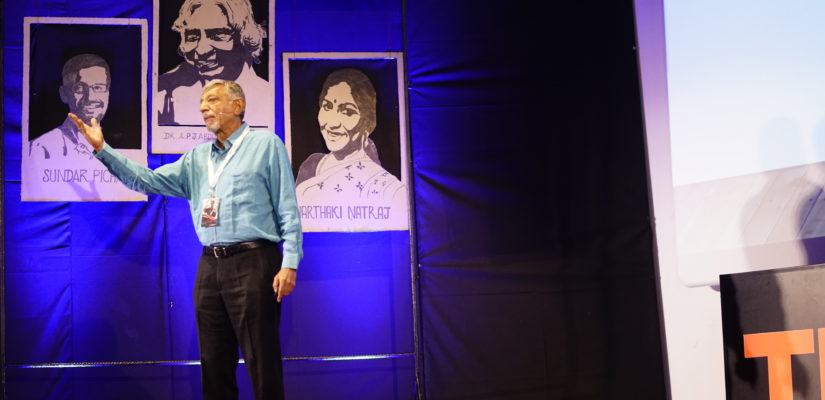
The Galwan incident- way ahead (English version) Amar Ujala 18 Jun 2020
https://www.amarujala.com/columns/opinion/india-china-border-dispute-road-ahead-of-galwan-valley
The Galwan incident- way ahead (English version) Amar Ujala 18 Jun 2020
The Galwan clash between Indian and Chinese forces leading to large number of casualties on both sides was the most serious LAC incident since 1975. Details of the incident have yet to emerge, however this year high levels of violence have been witnessed across the region in multiple standoffs which have occurred spreading from Sikkim to Ladakh, an aspect which is not a normal occurrence. The Indian forces lost the Commanding officer of the unit, Colonel Santosh Babu, and nineteen other men, while four remain critically injured.
The Chinese have not shared their true casualties however, estimates range from 35 dead (as per US intelligence inputs) to 43 from radio intercepts. Helicopters were witnessed ferrying their dead and wounded, on which Indian forces did not open fire. The forces have since disengaged and stepped back. The location where the clash occurred is a narrow ledge, where pushing and shoving could lead to a fall into the freezing river below.
The LAC has been facing turbulence since the Chinese attempted to change status quo by forcibly entering Indian considered territory in early May. The Chinese had prepared and armed themselves for skirmishes and violence, below the level of firing. They had camped in regions which they claimed to belong to them, disputed by Indian troops. Indian forces had deployed near simultaneously, mirroring Chinese deployment and preventing their further advance.
Multiple rounds of military to military talks, including at the highest level of Lt Gen have been held, backed by diplomatic interactions, however no resolution to the standoff appears in sight. Local agreements to pull back have been reached to prevent incidents like what occurred at Galwan. However, the Chinese did not adhere to their side of the agreement. This is possibly because the Chinese appear to be in no hurry to disengage since the weather remains conducive in the region till Oct/ Nov.
While loss of lives as it happened at Galwan, is always disheartening, such an incident is an eyeopener for the Indian national leadership, both political and military. It will need to consider the following aspects.
The first, which is now evident, is that the Chinese cannot be trusted to adhere to agreements approved by their leadership, whether military or political. There are five political agreements between the two countries to resolve border disputes, none of which have been adhered to by the Chinese. In addition, the lower level of the Chinese army does not implement agreements reached by their senior level of military leadership.
Secondly, both forces, to prevent escalation, move without weapons in firing mode. Indian forces also do not move with the intention to threaten as they seek to resolve standoffs without force. Chinese provocative actions and increased nature of violence would now change the scenario. Logically, orders should now be issued that Indian soldiers would move with weapons and respond by fire in case China resorts to violence again. India would need to be prepared for an escalation.
Thirdly, slow progress of talks is evidence that the Chinese are in no hurry to end the standoff. With conducive weather, they are willing to prolong the standoff for a longer duration. Hence, India too should adopt a similar approach and not rush forward seeking talks at multiple levels.
Fourthly, India needs to adopt an offensive approach rather than the defensive route it has currently adopted. It should, like China, move forward and deploy in regions it considers its own in other portions of the LAC. It may lead to an escalation, but unless it gives them a taste of their own medicine, China will not face pressure.
Fifthly, evidently neither side desires an escalation. Since the Chinese had accepted to de-escalate and withdraw, it implied that territory was not their principal intention behind the standoff. China may be seeking to change status quo while desiring diplomatic or economic concessions by application of pressure. India on the other hand has clearly announced it will neither bend nor relent to Chinese pressures, especially where border and development of infrastructure is concerned. In such a scenario, the level of talks cannot continue at military and mid diplomatic levels. If both nations desire a resolution rather than an escalation, as in Doklam, the level of talks must involve the political level.
Finally, India should be prepared for a localised action in Ladakh in case Chinese continue with their violent actions. India has the capability to handle Chinese aggressions. It also has global backing as Chinese actions would result in further enhanced pressure on China.
For China, risking escalation is dangerous. If it is pushed back, which will happen, or given a bloody nose, the invincibility of the Chinese PLA would be broken for eternity. It would enhance confidence within Chinese neighbours with whom it currently has disputes in the South and East China Sea to challenge China. Its domestic fallout would weaken the ground on which the CCP stands within China. Operations if any would also push Indo-China relations back by a decade
Both forces have faced casualties. The speed with which the situation can deteriorate is now well established. If there is to be a curtailment of violence, then while talks to break the logjam would continue, the military leaders need to ensure that forces pull back and maintain a distance between them. Finally, while talks remain the solution, India needs to be prepared for escalation.